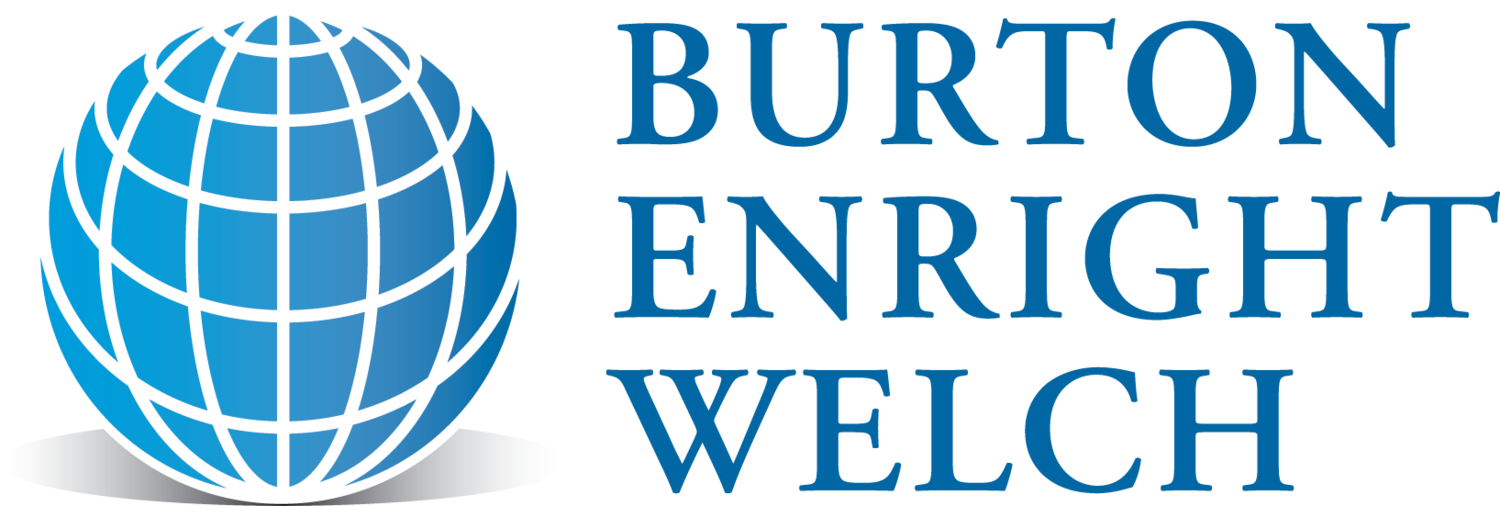New Year, New Legislation: SECURE Act 2.0
By Sydney Kovacs
In the final days of 2022, the Federal Government signed into law the Consolidated Appropriations Act, 2023, which includes a retirement bill titled the SECURE Act 2.0. SECURE Act 2.0 builds upon retirement plan changes that were introduced in the 2019 SECURE Act.
The provisions primarily affect those who have access to retirement plans at work or who have yet to reach the age for Required Minimums Distributions. Many changes won’t be in effect for years to come, and some require further IRS guidance.
Regardless, we wanted to highlight the provisions we think are most likely to affect clients and their families.
You’re not alone if you are confused. Please reach out to your advisory team with any questions.
Required Minimum Distributions & Qualified Charitable Distributions
Increased Age for Required Minimum Distributions: Starting now, January 2023, Required Minimum Distributions (RMDs) for anyone born between 1951-1959 will begin at age 73 (Prior to SECURE Act 2.0, they would have started at age 72). For anyone born 1960 or later, RMDs will begin at age 75.
This change does not affect anyone who was required to begin RMDs in 2022 or earlier, i.e., was born in 1950 or earlier.
Reduced Penalty for Missed RMDs: The penalty for missing an RMD had been 50% of the distribution amount. In 2023 and beyond, the penalty will be 25%, or 10% if corrected in a timely manner.
QCD Limit to Increase with Inflation: Qualified Charitable Distributions (QCDs) are a tax-efficient gifting strategy for individuals with IRAs that are age 70 1/2 or older. Since their inception in 2006, QCDs have been limited to $100,000/ year. Starting in 2024, the maximum annual QCD amount will be indexed for inflation.
Roth-Related Changes
Roth accounts are a type of retirement account where contributions are made with after-tax dollars, and all investment growth and withdrawals are tax-free in retirement. The SECURE Act 2.0 includes several Roth-related provisions - since Roth contributions are taxed now, this creates more immediate tax revenue for the government. Notably, SECURE 2.0 contains no provisions that limit backdoor Roth contributions- this strategy remains available.
Creation of Roth SEP IRA and Roth SIMPLE IRAs: In 2023, two new types of retirement plans for the self-employed and small businesses will be available -- Roth SIMPLE and Roth SEP IRAs. Previously, individuals with SIMPLE and SEP IRA plans could only contribute pre-tax dollars to these retirement plans.
High-Wage Earners Must Make Roth Catch-Up Contributions: Starting in 2024, high-wage earners cannot make pre-tax catch-up contributions to their employer retirement plan. They must make Roth catch-up contributions. This applies to employees who earned wages of $145,000 or more in the prior year.
Employers Can Make Matching Roth Contributions: Effective upon employer adoption, employees can choose to have employer matching contributions, but not profit-sharing contributions, made to their Roth 401(k) or 403(b). The match will be taxable income to the employee.
Transfers Allowed from 529 Plans to Roth IRAs: 529 plans that have existed for 15 or more years and are no longer needed for education funding can be transferred to a Roth IRA in the name of the 529 plan beneficiary. The annual transfer amount is limited to that year’s Roth IRA contribution limit (in 2023, $6,500). The lifetime transfer limit is $35,000.
Other Retirement Plan Changes
Larger Catch-Up Contributions in your Early 60s: Beginning in 2025, employees who are ages 60, 61, 62 and 63 will be eligible to make larger catch-up contributions to their employer retirement plans. It will be the greater of $10,000, or 150% of the regular catch-up contribution amount. In 2023, the regular catch-up contribution is $7,500.
IRA Catch-Up Contributions will be Adjusted for Inflation: The IRA catch- up contribution limit for those age 50 and older has been stuck at $1,000 since 2006. Effective in 2024, the IRA catch- up contribution will be indexed for inflation.
Employer Matches can be made on Student Loan Payments: Starting in 2024, employees who have student loans can receive an employer match on their loan payment. Qualified student loan payments will be counted as contributions to a retirement plan.
Expanded Access During Times of Need: Also included in the bill were several provisions that increased access to retirement funds due to hardship, without being subject to the 10% early distribution penalty. Some eligible situations include those with terminal illnesses, victims of domestic violence, those who have experienced federal disasters, public safety workers and more.
The timeline for the implementation of the SECURE Act 2.0 will be ongoing. Let’s work together to be ready for the changes relevant to you and your financial world.

